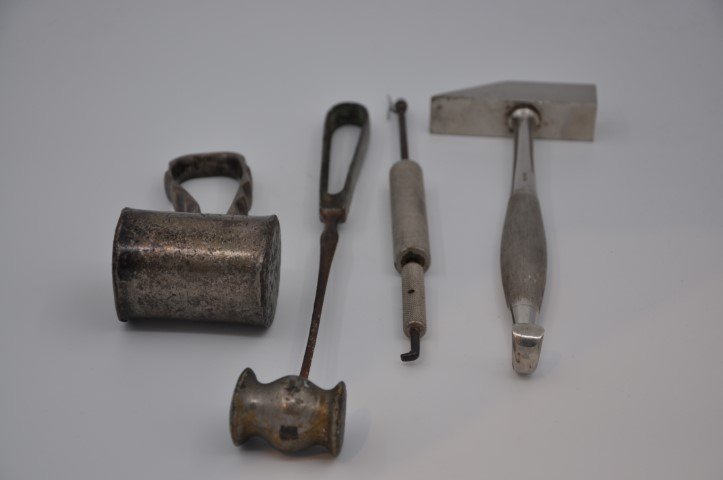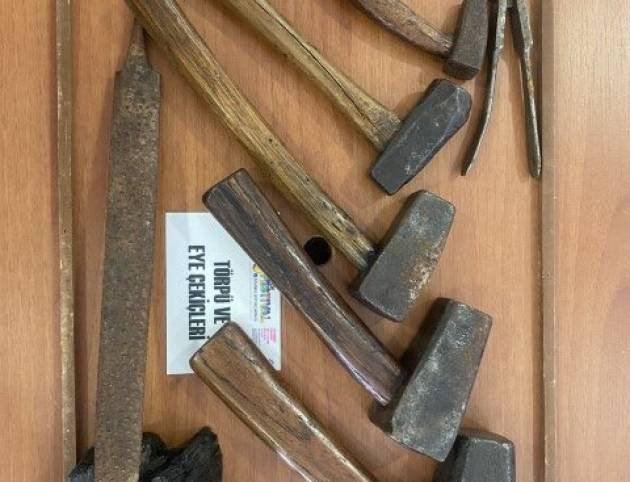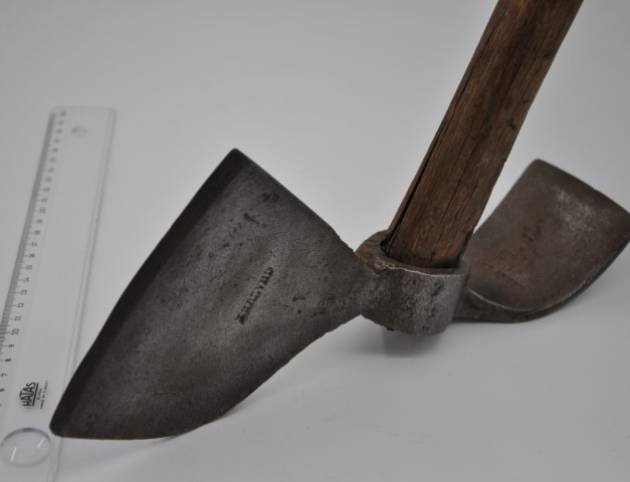
History and Usage Areas
Medical hammers are specialized medical instruments used for testing reflexes in neurological examinations. The use of these hammers dates back to the late 19th century and has since been recognized as an essential tool in the assessment of neurological function. The most commonly used medical hammer models include the Taylor, Babinski, Buck and Tromner hammers. Each has customized features for different examination techniques and needs.
Medical hammers
Medical hammers have an important place in neurological examinations as simple but effective tools. Testing with these hammers provides doctors with important information about a patient's neurological health and helps to make an accurate diagnosis. They also play a critical role in the early diagnosis and follow-up of neurological diseases, leading to better treatment outcomes for patients.


Characteristics and Types
- Taylor Hammer: Usually made of rubber, with a short handle and a triangular head. It is commonly used for testing large joint reflexes such as the knee and elbow.
- Babinski Hammer: The Babinski hammer, which has a long handle and a metal head, is preferred for the assessment of the plantar reflex (sole reflex).
- Buck Hammer: The Buck hammer, which has a double-sided head and a rattle-like apparatus inside, is used for both reflex tests and sensory examinations.
- Tromner Hammer: Weighted and compact, the Tromner hammer is ideal for situations where sensitive reflex responses need to be obtained.
Areas of Use
Medical hammers are an integral part of neurological examinations. Reflex tests with these hammers help to assess whether the nervous system is functioning correctly. In particular, they play an important role in detecting potential damage or disorders in the brain, spinal cord, nerves and nerve pathways.



